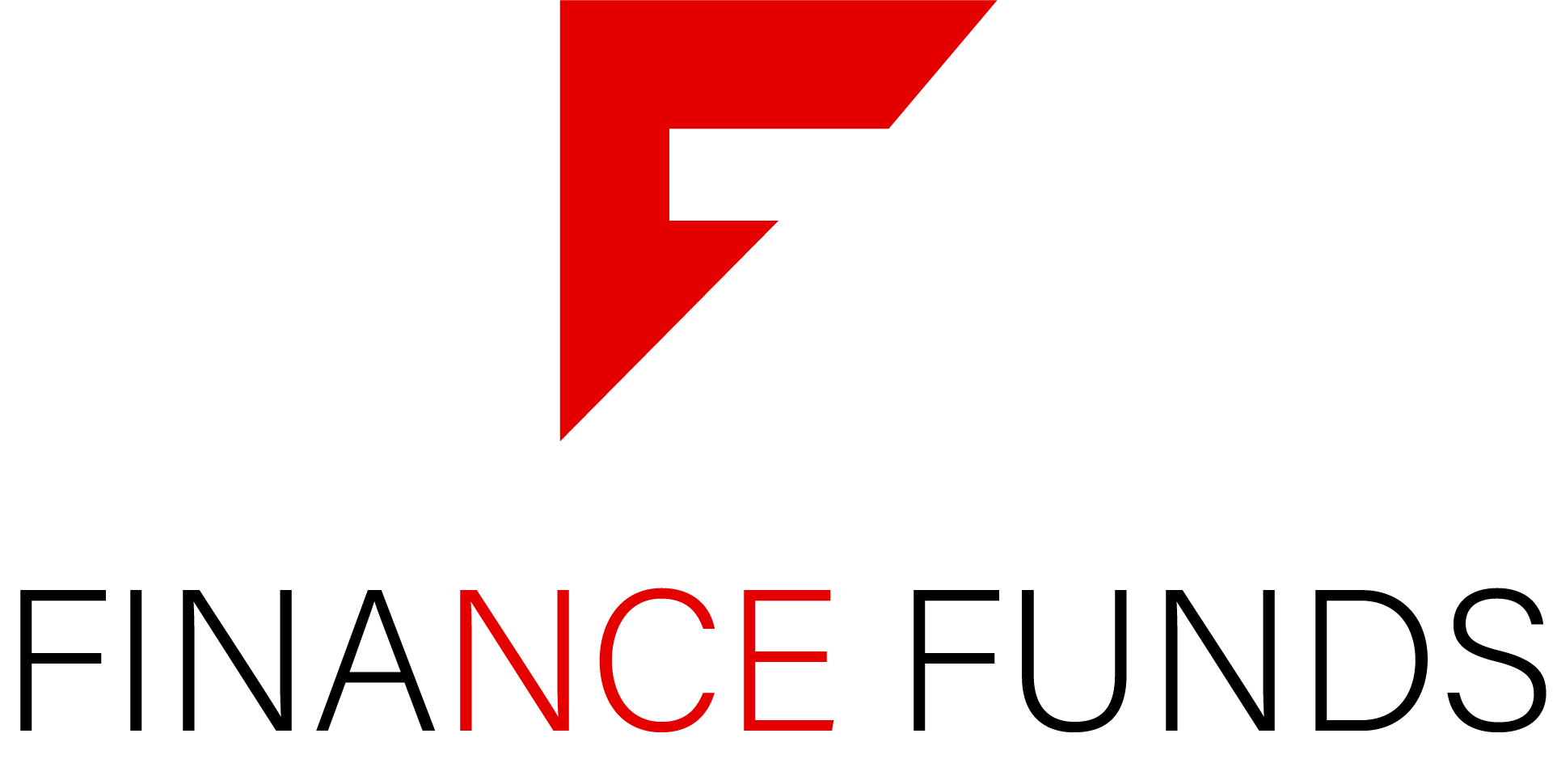To start with the basics, ‘debt solidification’ means to group or consolidate different debts into a single debt – for e.g. if you have run up considerable debts on three or four credit cards at the same time, debt Solidification can be used to combine the total sum into one large loan; effectively the new loan taken is thus the sum of all loans put together.
For a person overwhelmed by liability, this may be a good option to roll multiple debts into one single monthly installment payment to make the debt easier to manage. However, it’s best to stop and consider if debt solidification is the right solution to manage debts. Of course, it is a means of becoming ‘debt-free’ quicker but only if a disciplined approach to repayment is maintained and no more credit card debts are run up. A large percentage of people who try debt solidification end up running fresh debts; hence the validity of the point is very crucial.
There are several types of loan types available – credit card balance transfer, cash-out mortgage refinancing, unsecured personal loans etc. The exact type of loan to suit the need depends upon current income and overall debt factors.
• High credit card debts with high interest rates – an unsecured personal loan or credit card balance transfer options are useful
• Home owners can avail a home equity or cash-out mortgage refinancing options.
Here, the advantages and disadvantages of some aspects of debt Solidification have to be pointed out. Let’s take a look at balance transfers.
Advantages
• Low interest rate on balance transfer – average introductory rate is around 2.5%.
• Upfront processing fees are low
• Application and approval process is quick
• Only one account to be monitored
Disadvantages
• Bad credit scores can affect introductory rate application
• Interest rates on late payments can be very high; higher even than the rates of the debt accounts that were closed.
• Introductory interest rate may increase after a specified time
Debt Solidification vs. Debt Management
Debt Solidification involves availing new credit in the form of loans to pay off debts; Debt Management is the process of negotiating with the lenders to arrive at affordable repayments.
Both lead to lowering debts but the two are completely different methods; only an experienced finance consultant can advise you on the option to choose to manage and consolidate debts.
Sometimes, liability process is not what it appears to be. For instance, a Liability Management Program availed from a credit counseling company means that you pay one payment to the agency which in turn pays all of the creditors. However, the debt itself is not paid off by the agency so in essence it is not really a debt solidification loan.








